The Central Bank of Sri Lanka (CBSL) wishes to make the following statement in relation to the article titled “Government and CB have abdicated vital statutory duty by not being able to deal with rupee depreciation” that appeared in various newspapers on 08th and 09th October 2018.
The Central Bank is statutorily charged with the responsibility of securing, so far as possible by action authorised by the Monetary Law Act (MLA), a) economic and price stability; and b) financial system stability, with a view to encouraging and promoting the development of the productive resources of Sri Lanka. While financial system stability is identified by the resilience of the financial system to internal and external shocks, price stability is generally defined as maintaining low and stable inflation, which leads to economic conditions that support high and sustainable levels of economic growth.







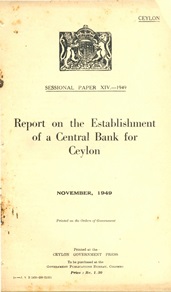
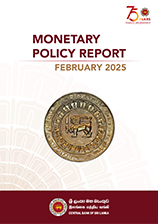
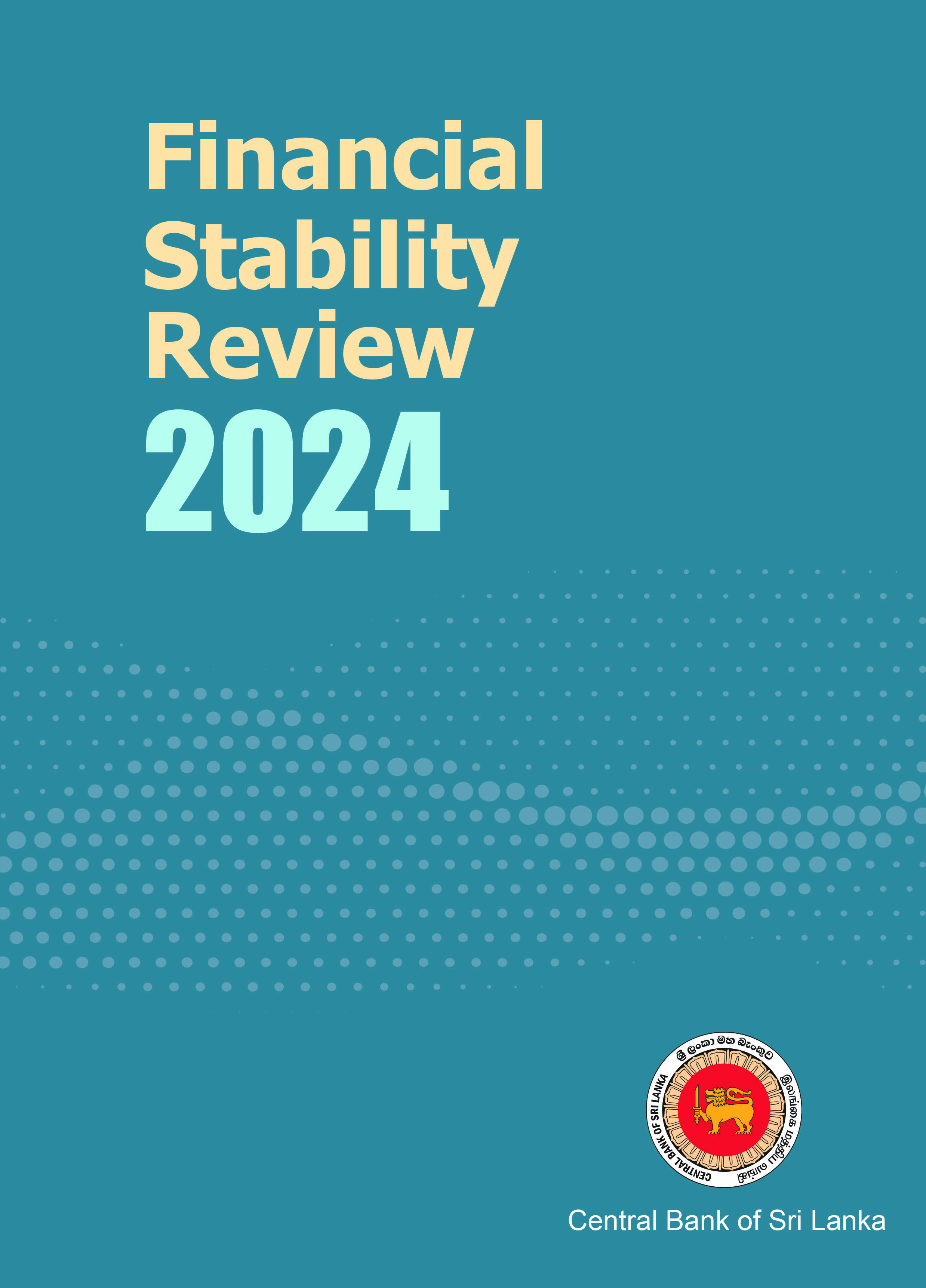
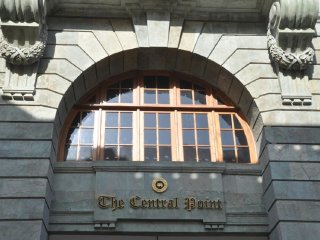
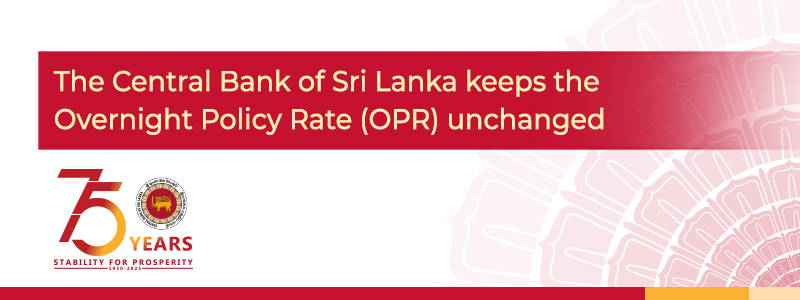
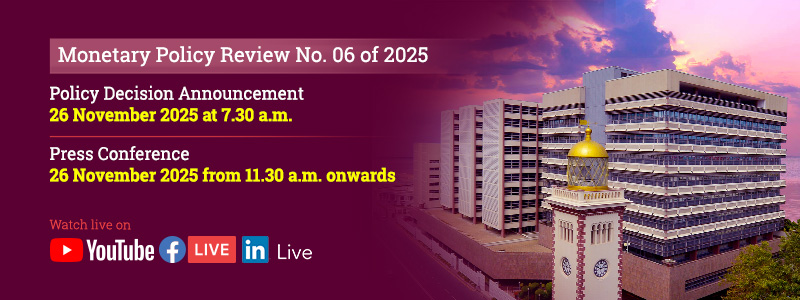

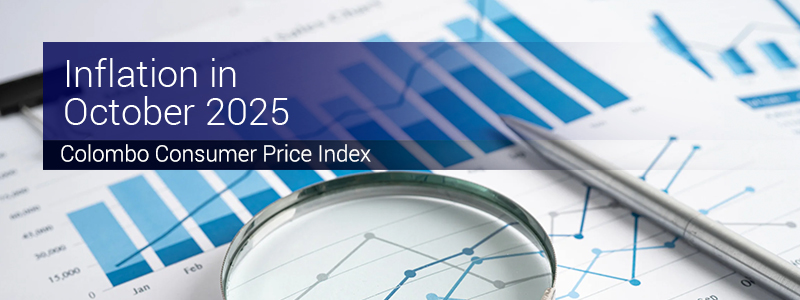


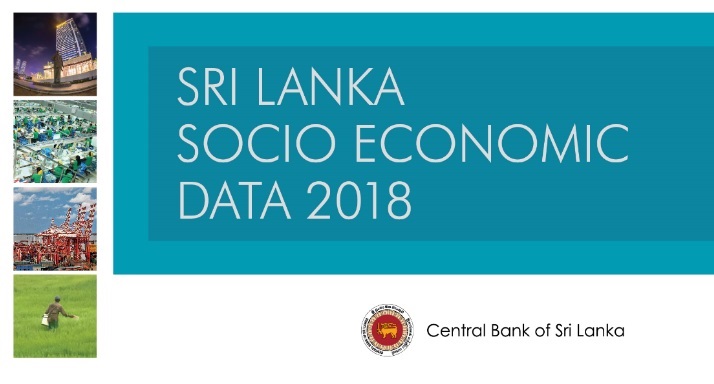 'Sri Lanka Socio-Economic Data – 2018', the annually published data folder of the Central Bank of Sri Lanka, is now available for public information. The current data folder is the 41st volume of the series.
'Sri Lanka Socio-Economic Data – 2018', the annually published data folder of the Central Bank of Sri Lanka, is now available for public information. The current data folder is the 41st volume of the series.